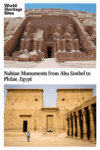Nubian Monuments from Abu Simbel to Philae
By Pamela Drager
What are the Nubian Monuments from Abu Simbel to Philae?
This is an amazing archaeological site containing grandiose monuments including the temples of Ramses II at Abu Simbel and the sanctuary of Isis at Philae.
Disclosure: This article contains affiliate links. Making a purchase through an affiliate link will mean a small commission for this website. This will not affect your price.
The Aswan High Dam was built in the early 1960s which would create Lake Nasser and submerge these monuments underwater. The sites were saved from the rising water of the Nile thanks to an international campaign launched by UNESCO. This led to a project to move the temples block by block to preserve them. It was a major feat of engineering.
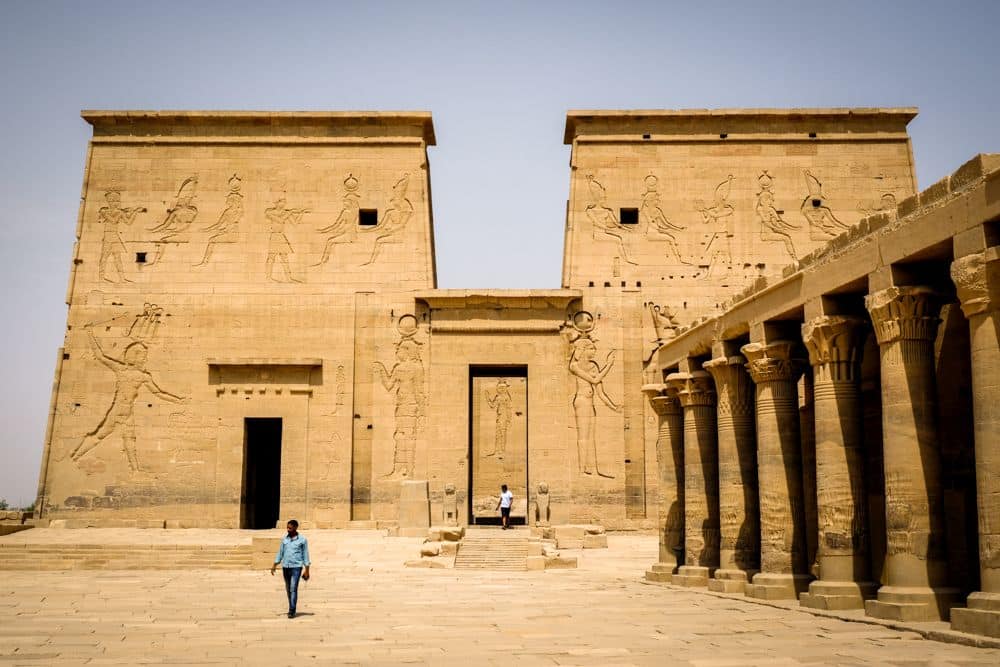
The Nubian monuments were built by a variety of pharaohs starting around 2,000 years B.C. The location had long been an important strategic point, allowing Egypt to gain and maintain dominance over the gold, copper, and ivory found in the Nubian Kingdom. The Nubian Monuments are a testament to the power of Ancient Egyptian civilization.
Abu Simbel’s temples were carved from the rocks. The larger one was dedicated to the gods Amon Re, Re-Horakhti and Ptah, along with King Ramses II. The smaller was dedicated to the goddess Hathor and Queen Nefertari.
Philae’s sanctuary for the goddess Isis dates to the Ptolomaic period, and subsequent pharaohs and Roman emperors added to it.
The UNESCO designation also includes some less well-known temples from between the 15th century BC and the second century AD: Amada, Derr, Dakka and Maharraqah at Wadi Es Sebouah, Talmus (now in Kalabcheh), and Beit el-Ouali.
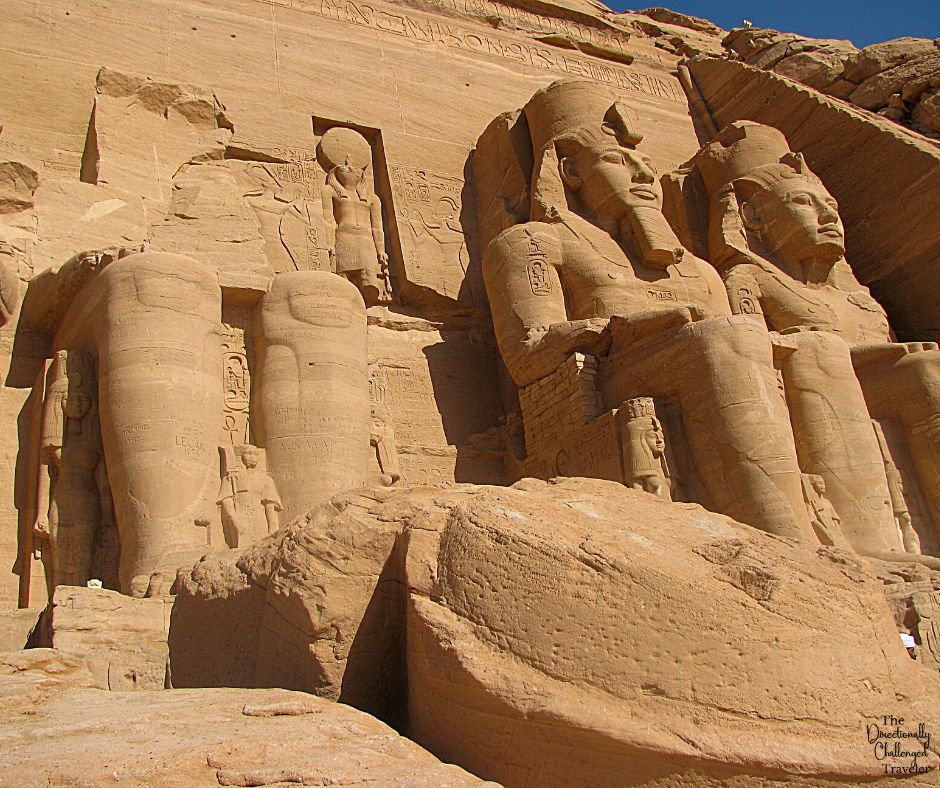
Why are the Nubian Monuments a UNESCO World Heritage site?
Abu Simbel is a standing monument to Ramses II and Nefertari while Philae was a place of worship for ancient Egyptians. UNESCO includes them because these monuments are magnificent, quite unique in the world and of great archeological importance.
What can you expect on a visit to the Nubian Monuments?
Visiting Abu Simbel in Egypt is quite literally a breathtaking experience. Typically, most people take the bus from Aswan and it leaves by 4:00 in the morning. It’s an early morning, but once you arrive at the massive temples you’ll see it was worth it.
Book accommodations in Aswan or near Abu Simbel.
You’ll see the back of the temple first with the Nile in front of you. The temples look like mountains of sand, but when you turn the corner, you can’t miss the four colossal statues. Abu Simbel has two temple structures, one for Ramses II with four statues, and one for his (favorite) wife Nefertari with six smaller statues. If you look closely, you can see the lines of the blocks where the temples were taken apart and put back together to protect them from Lake Nasser.
Philae, on the other hand, looks more like an oasis in the middle of the Nile. Surrounded by plants and palm trees, the Philae temple not only showcases the history of Egypt but its natural flora!
Book accommodations near Philae.
It’s impossible not to feel like you’ve traveled back in time when visiting the Nubian Monuments. From the intricate details of the hieroglyphs to the massive size of the temples, the monuments will leave you in awe.
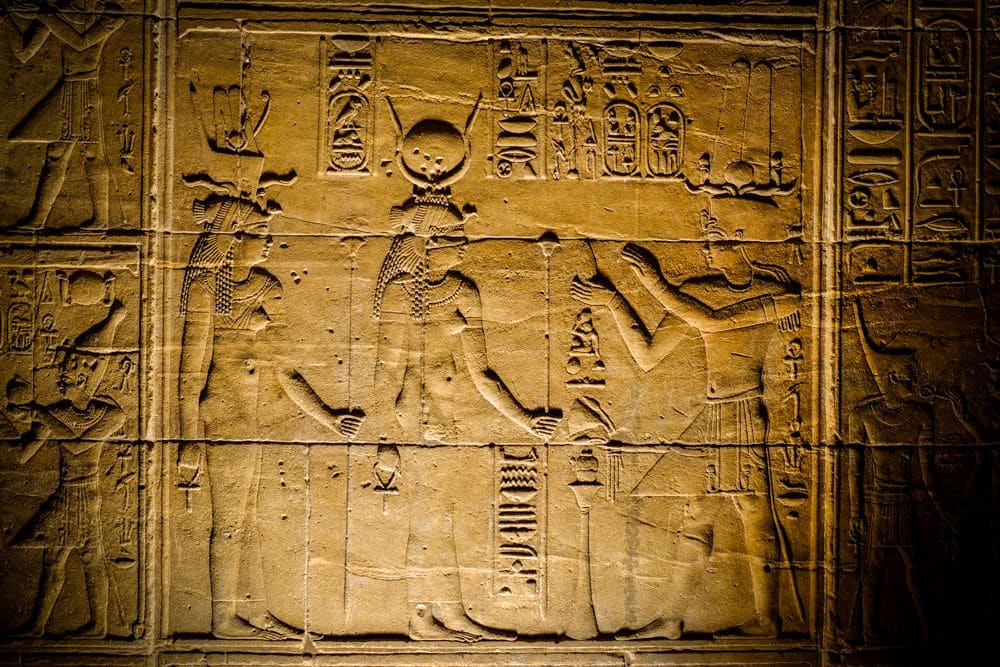
Are the Nubian Monuments worth visiting? What sorts of travelers would like them?
Absolutely! Any traveler who is visiting Egypt understands the vast history of the Egyptian empire. These two UNESCO sites show that history in jaw-dropping ways. To stand in history is an incredible experience.
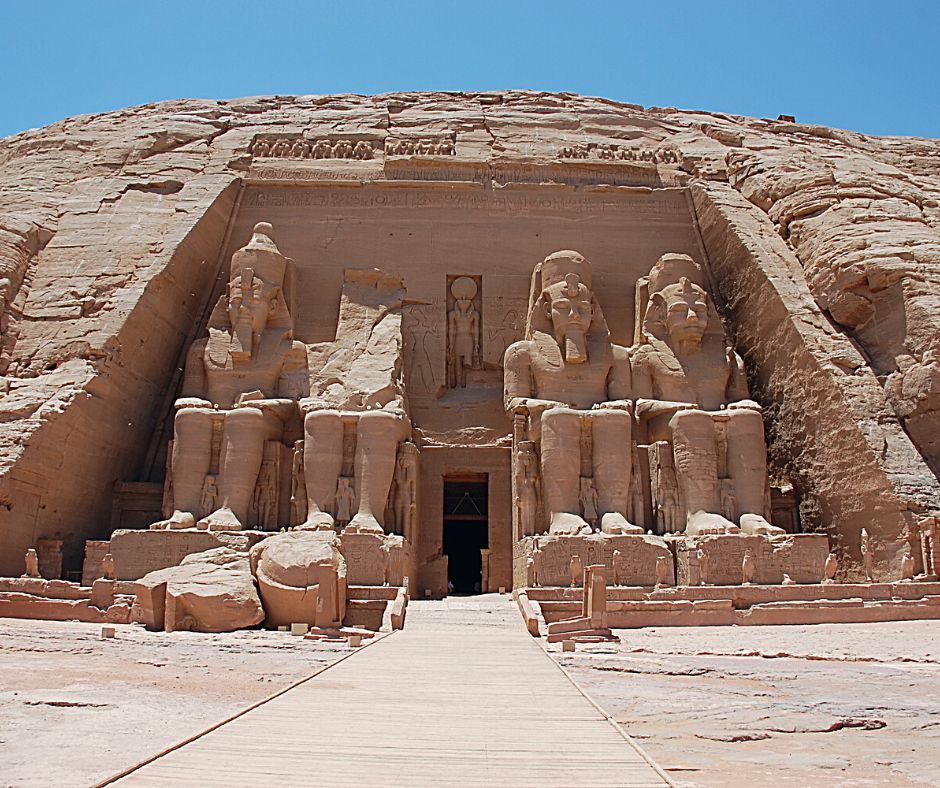
Tips for visiting the Nubian Monuments
Since Abu Simbel is one of the most popular tourist attractions in Egypt (second only to the Great Pyramids of Giza), it’s important to book your visit early! You don’t want to miss out on visiting these historic places.
Most tours only do one or the other. Since Abu Simbel is a 3-hour drive from Aswan, an 8-10 hour trip (typical ‘day trip’ time) leaves you a few hours just in Abu Simbel. For Philae, it’s a shorter drive, but also a short boat ride, so about 4 hours would be enough time for everything.
If you go to Philae, they have a sound and light show at night. For an extra fee, you can enjoy the temple lighting up and the telling of Philae’s story as you walk through.
If you’re short on time and can only do one of the two, I’d recommend Abu Simbel because it’s larger and more impressive than Philae.
What to wear: Anything light and flowy to stay cool in the hot Egypt sun!
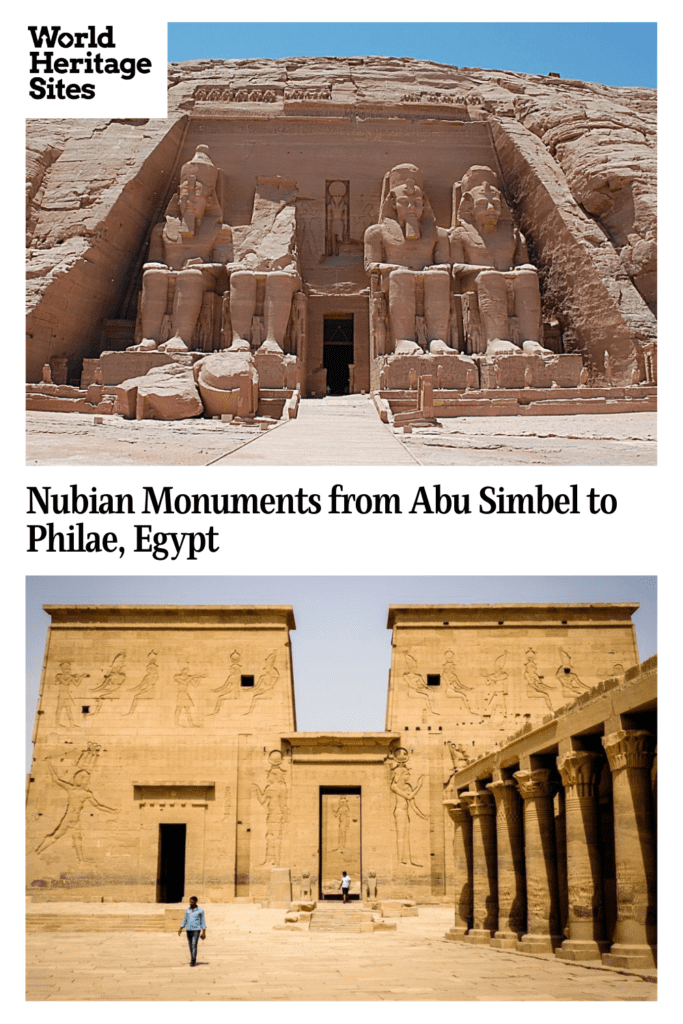
Where are the Nubian Monuments?
Abu Simbel is located in Aswan Governorate 1211501, Egypt, south of Aswan near the Sudanese border.
You have to visit either by a private driver or as part of a tour. You cannot drive to Abu Simbel on your own. Tours take about three hours each way to drive from Aswan to Abu Simbel. Another option is to visit Abu Simbel as part of a multi-day tour of ancient Egyptian sights.
Book a tour of Abu Simbel: private or with a group.
Philae temples are located a little south of Aswan. The travel time is shorter so a complete visit would take about four hours.
Book a tour of Philae.
For more information about the Nubian Monuments, their opening hours and admission fees, visit the Egypt Tourism Authority’s sites about Philae and Abu Simbel.
Have you been to any of the Nubian Monuments? If so, do you have any additional information or advice about this UNESCO World Heritage site? Please add your comments below!

